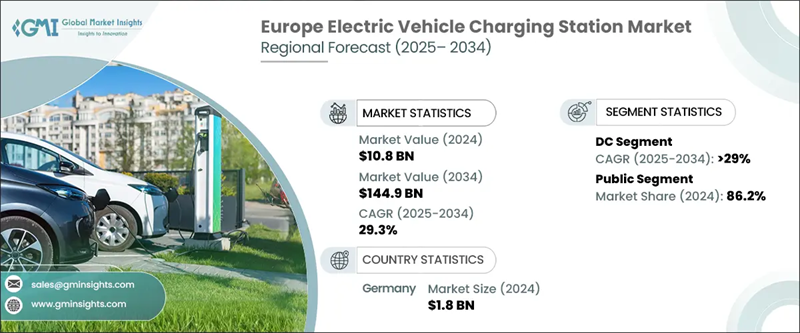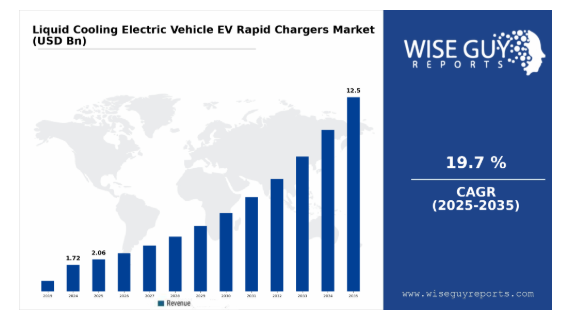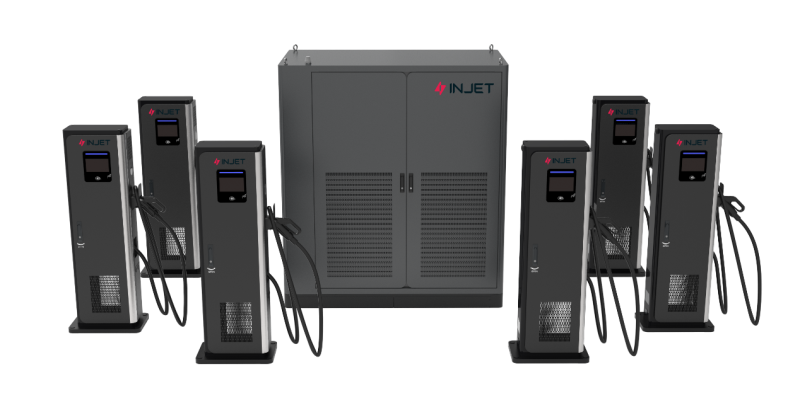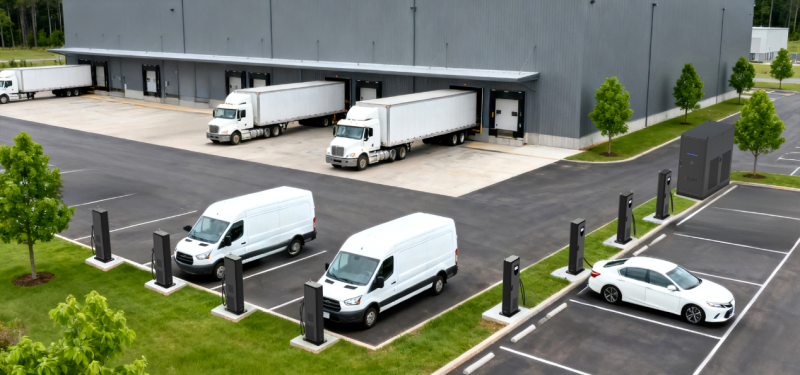1. The Real Challenges of Future Electrification
As European countries accelerate their carbon neutrality goals, the EV charging infrastructure is entering a phase of rapid expansion.
According to GMInsights, the European charging station market reached roughly $10.8 billion in 2024, and is projected to grow at a CAGR of 29.3% from 2025 to 2034.

@ Global Market Insights
But behind this surge lie tangible challenges: grid connection limits, long approval cycles, rising maintenance costs, and increasing demands on heat management and reliability—all defining the next frontier of EV infrastructure innovation.
2. Liquid-Cooled Ultra Charging: The Key to Overcoming Thermal Limits
Why air cooling struggles at ultra-high power
As charging systems push beyond hundreds of kilowatts, air cooling faces inherent bottlenecks—uneven heat distribution, large spatial requirements, noise, and declining efficiency under continuous operation.
How liquid cooling makes a difference
Liquid cooling leverages high-efficiency coolant circulation to dissipate heat from modules, terminals, and conductors, maintaining low temperature rise and stable output. Its superior heat transfer efficiency enables higher sustained power density within a more compact design.
As a result, liquid-cooled charging systems deliver not only higher performance but also greater reliability and longevity, offering:
• Lower component temperature rise and longer lifespan
• Higher continuous current and power output
• Compact design and reduced noise
• Improved thermal stability and overall efficiency
Across the industry, liquid-cooled ultra-fast charging is rapidly becoming the preferred solution, with the market projected to grow at nearly 20% CAGR in the coming decade.

@ wise guy reports
3. Megawatt-Class Liquid-Cooled Power Stack: Injet New Energy’s Visionary Move
Currently in its early development stage, Injet New Energy is advancing its next-generation megawatt-class liquid-cooled power stack, engineered to deliver smarter, cooler, and faster charging for tomorrow’s large-scale EV hubs, fleet depots, and highway stations.
• Up to 600 kW peak output per liquid-cooled connector, enabling ultra-fast “3 minutes for 200 km” charging scenarios
• Sustained current capacity: 400 A (US) / 300 A (EU) for standard terminals, and up to 600 A (US) / 500 A (EU) for liquid-cooled terminals
• MCS-ready design: fully compatible with the Megawatt Charging System (MCS) standard, with future versions supporting up to 1500 A output per MCS connector
Built on modular, redundant, and intelligent thermal control architecture, this upcoming system will position Injet New Energy at the forefront of the liquid-cooled ultra-fast charging era.
4. Value for Operators and Fleet Applications
For Operators and Infrastructure Developers
• Higher ROI, lower risk: high-power output enhances station efficiency and uptime, while advanced thermal control and fault isolation reduce downtime.
• Scalable deployment: modular design simplifies expansion and maintenance, lowering total lifecycle costs.
• Technology advantage: liquid-cooled ultra-fast charging enables differentiation and strengthens brand competitiveness.
For Fleets and End Users
• Faster and steadier charging: up to 600 kW per connector, dramatically reducing waiting times.
• Consistent performance: intelligent temperature regulation maintains stable output under any conditions.
• Improved reliability: system-level redundancy and intelligent switching reduce interruption risk.
5. Powering the Next Chapter of Ultra-Fast Charging
Liquid-cooled ultra-fast charging is not just an upgrade—it’s the foundation of next-generation EV infrastructure.
Injet New Energy’s megawatt-class liquid-cooled stack project marks a major leap toward a smarter, cooler, and faster charging future.
Stay tuned — the future of ultra-fast charging is taking shape.





